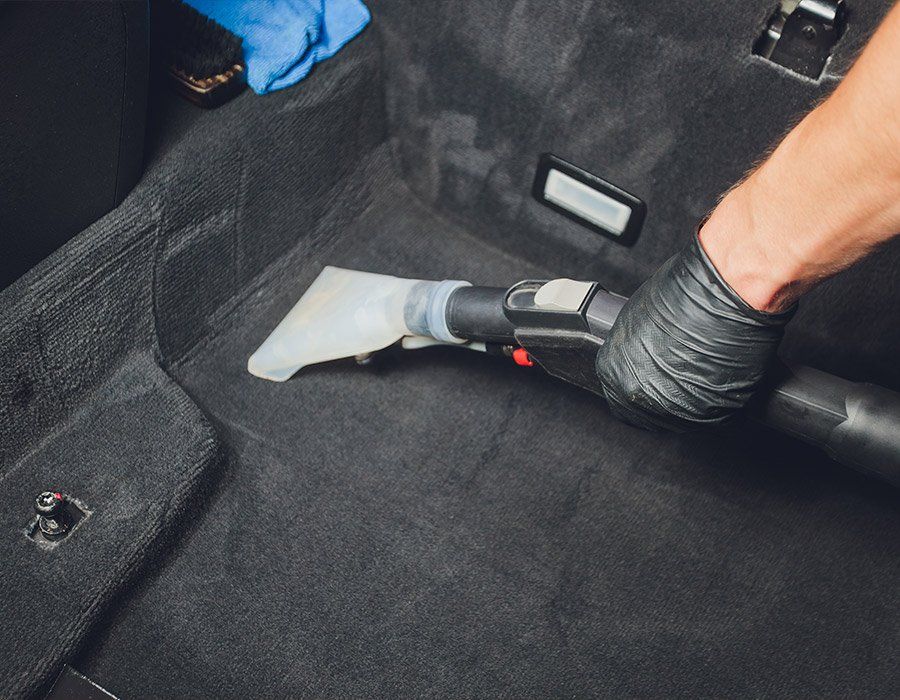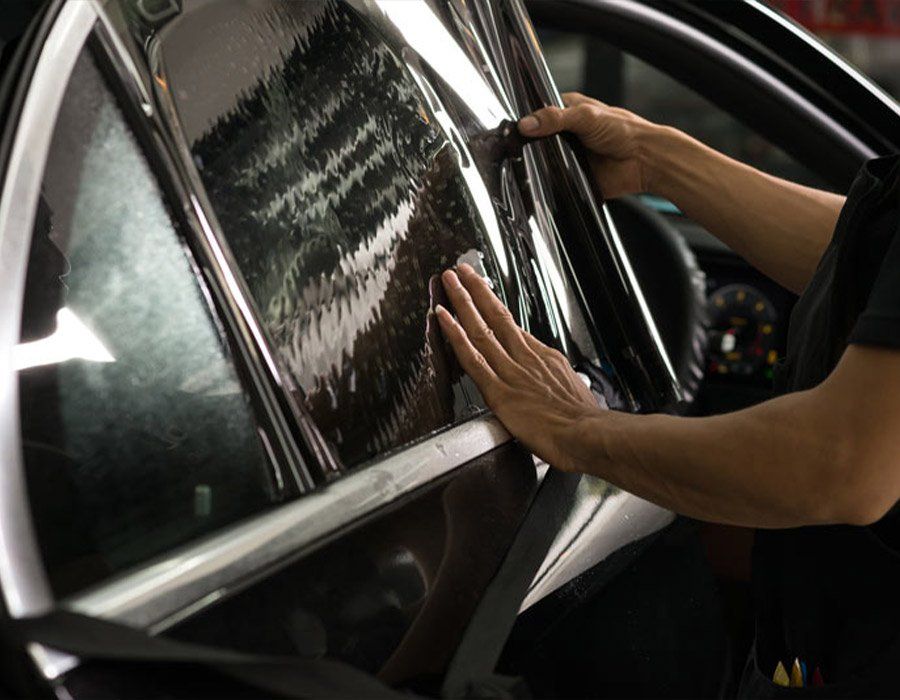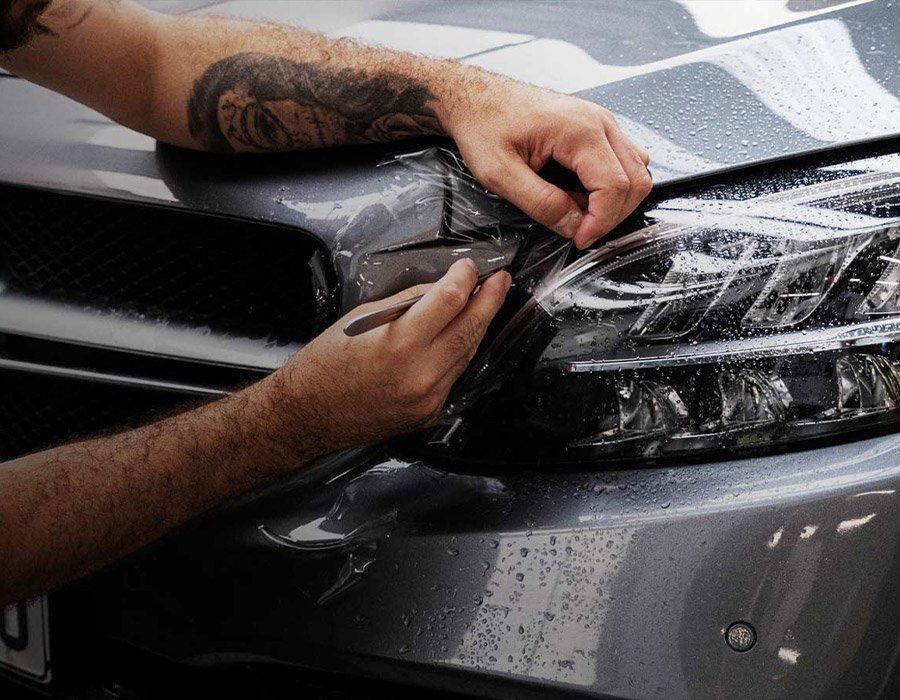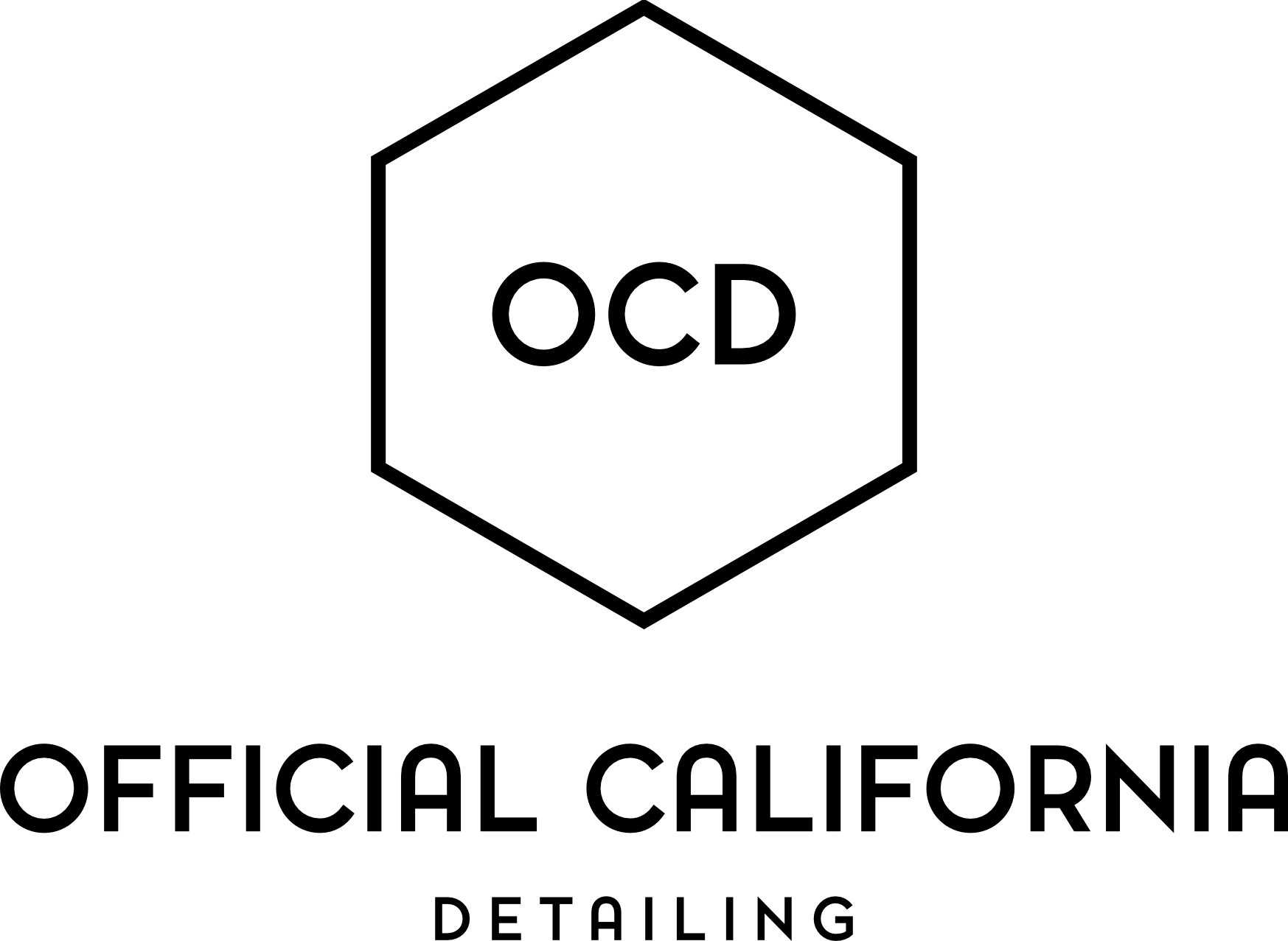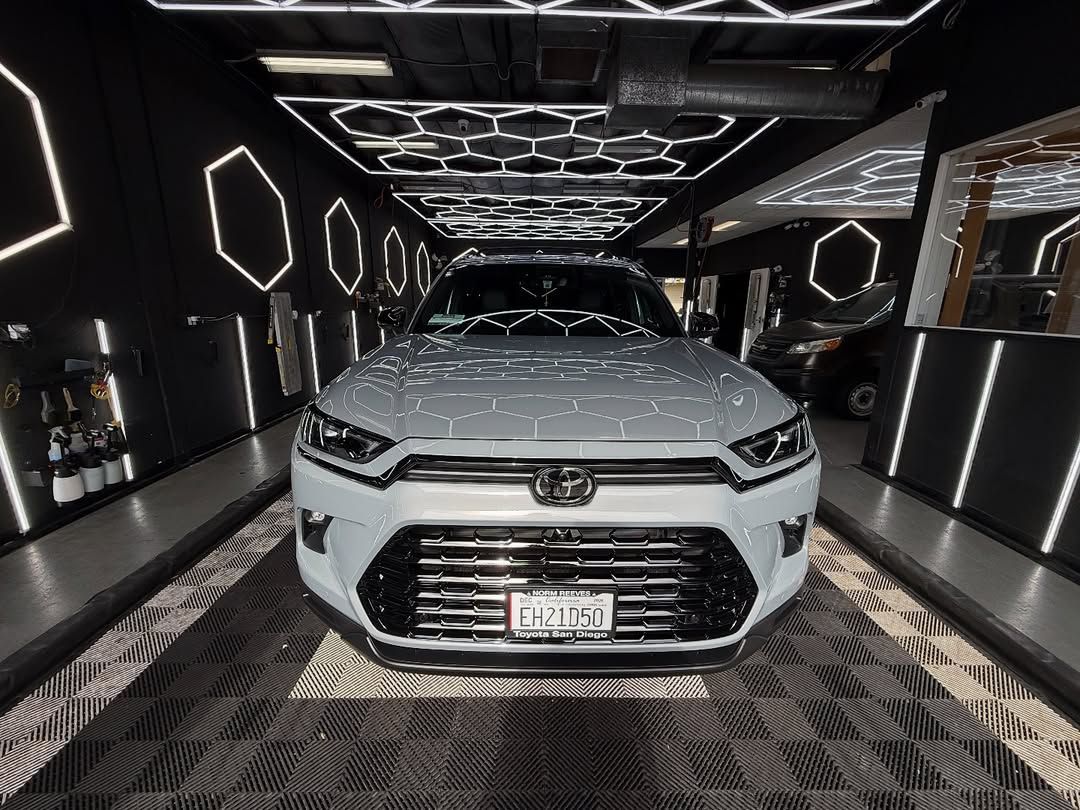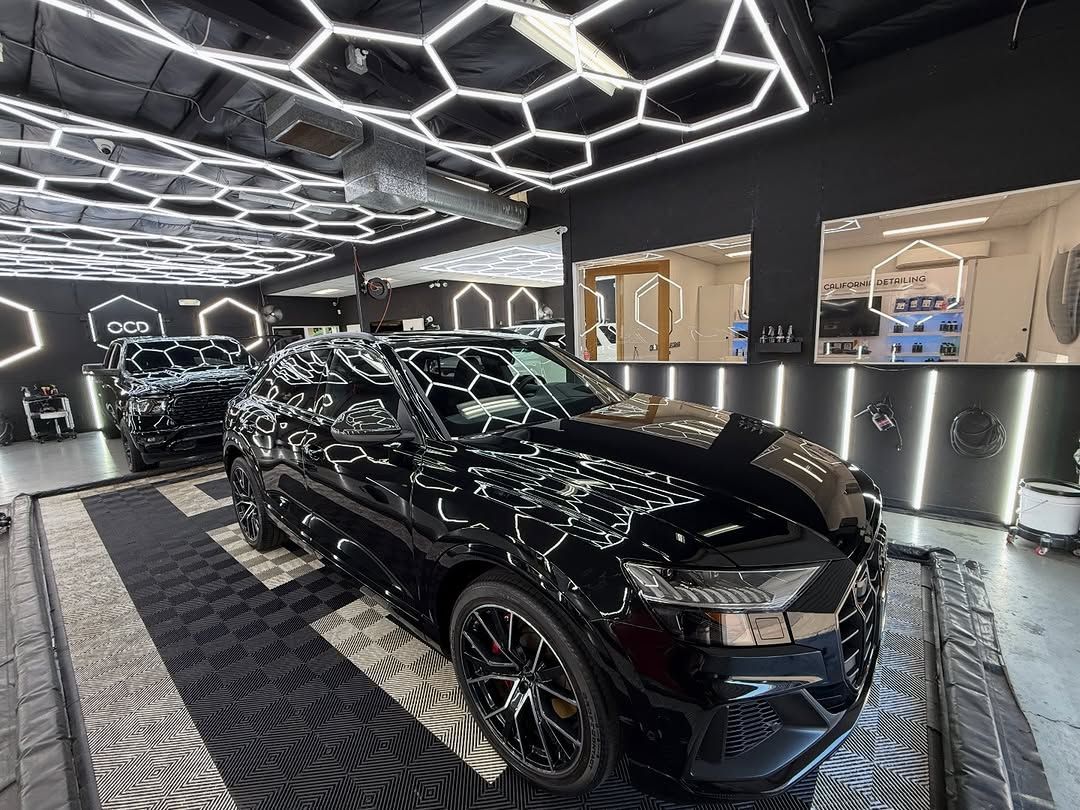Official California Detailing Blog
Techniques and Multiple Stages of Paint Correction
(619) 760-4962 GET A QUOTE NOWCraving that mirror-like shine on your vehicle? Look no further. Mastering paint correction is an art, a meticulous process of enhancing the beauty of your automobile’s exterior and safeguarding it against harsh elements—all while maintaining its value.
Explore the stages of
paint correction to achieve paint perfection unlike anything else. Whether you are a seasoned professional or just starting out in the auto detailing world, this comprehensive guide will offer everything needed to elevate your auto-detailing skills to new heights. Prepare for a voyage into the details, where precision meets passion!
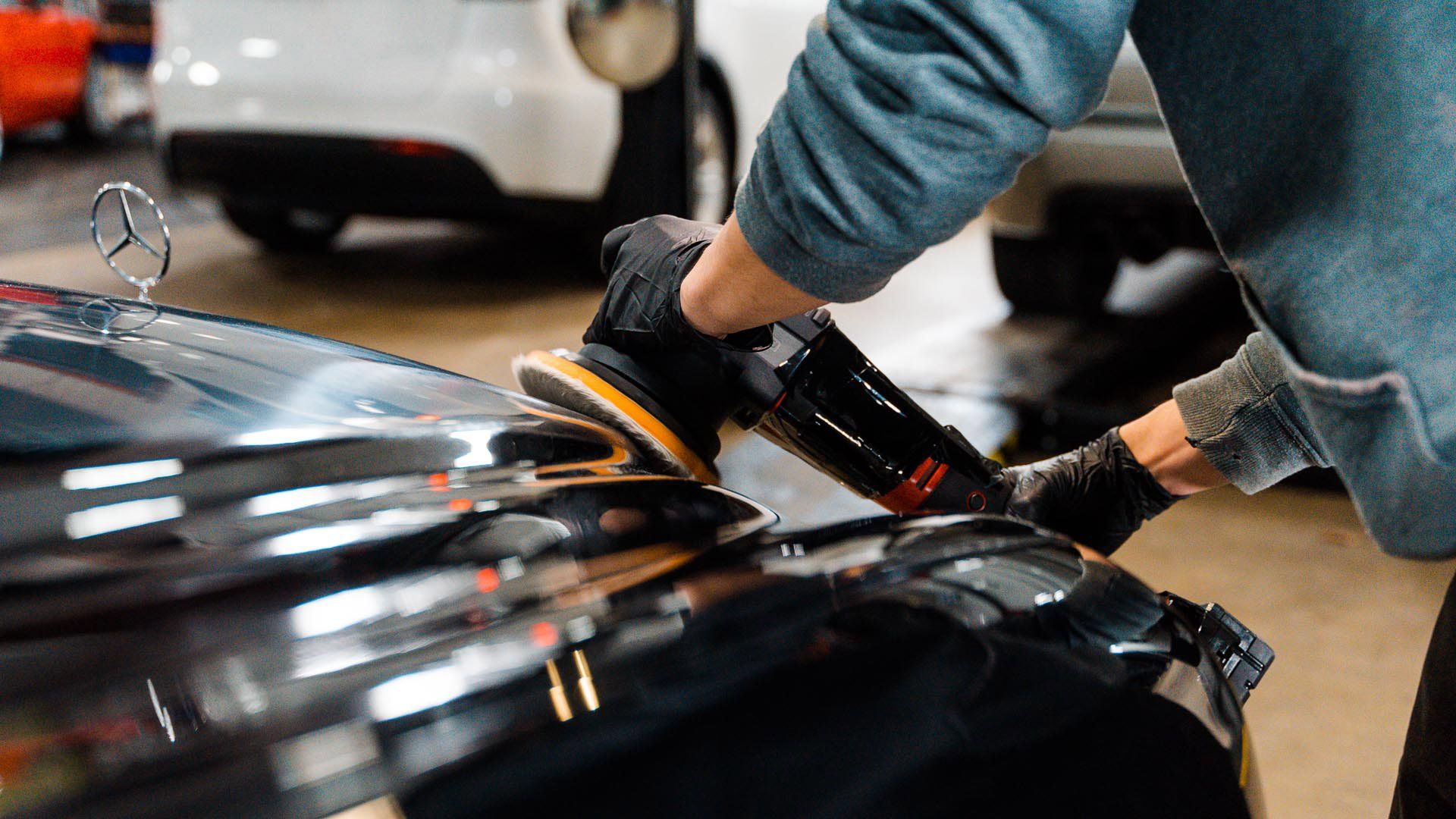
Different Levels of Correction
In the world of automotive detailing, paint correction is a crucial process that aims to restore and enhance the appearance of a vehicle's paintwork. But not all paint correction jobs are the same, as different levels of correction exist to cater to various needs and preferences. Understanding these levels is essential for both professionals and enthusiasts looking to achieve the desired results.
There are generally three levels of correction: Level 1, Level 2, and Level 3. Each level represents a different degree of paint imperfection removal and refinement. Let's explore these levels in detail, starting with Level 1 Correction.
Level 1 Correction
Level 1 correction, also known as "enhancement" or "one-step" correction, focuses on surface-level defects and minimal imperfections in the paintwork. It is designed for situations where the paint requires minor improvement in gloss, clarity, and swirl mark reduction.
Level 1 correction typically involves a single polishing step using a mild abrasive compound and a foam pad. This process aims to remove light swirl marks, oxidation, water spots, and other minor blemishes from the surface. It enhances the overall appearance of the paint by restoring depth and shine while reducing the visibility of small imperfections.
While Level 1 correction may not address deeper scratches or severe paint defects, it can still yield significant improvements when performed by skilled professionals using high-quality products and equipment.
It's worth noting that Level 1 correction is often used as a maintenance procedure between more intensive corrections or as a standalone service for vehicles with relatively well-maintained paintwork. It's a suitable option for those looking for an improved aesthetic appearance without investing considerable time and effort into extensive paint correction.
Level 1 correction serves as a great starting point for beginners looking to venture into paint correction or for individuals with limited paint defects who want to enhance their vehicle's visual appeal. Remember, though Level 1 correction may not achieve perfection, it can still deliver impressive results when executed with care and expertise.
Level 2 Correction
Level 2 correction is a term commonly used in the world of paint correction to describe a specific level of restoration and enhancement for a vehicle's paintwork. This level of correction is typically employed when the paint surface has moderate to heavy defects, such as swirl marks, light scratches, oxidation, and holograms.
To achieve a successful level 2 correction, the first step is to thoroughly wash and decontaminate the vehicle's exterior. This helps ensure that any dirt, grime, or contaminants that may interfere with the correction process are removed.
Following the preparation stage, a suitable cutting compound is applied to the paint surface using a dual-action polisher or a rotary buffer. The cutting compound helps to remove a thin layer of clear coat or paint, effectively eliminating the various defects present.
For example, if there are swirl marks or light scratches on the surface, the cutting compound gradually sands down the imperfections until a smooth and even surface is achieved. This process can require multiple passes, with each pass diminishing the severity of the defects.
Once the initial correction has been completed using the cutting compound, it is followed by another polishing step. This polishing step utilizes a less aggressive polish to refine and enhance the finish further.
The purpose of this refining step is to remove any haze or micromarring left from the cutting compound while restoring depth and clarity to the paintwork. It helps bring out a smooth and glossy finish while reducing any visible marring caused during the correction process.
To complete the level 2 correction, it is important to follow up with a thorough inspection and evaluation of the results. Any additional touch-ups or spot corrections can be performed at this stage to address any remaining imperfections.
Overall, level 2 correction achieves significant improvement in the appearance of a vehicle's paintwork by addressing moderate to heavy defects. It requires skillful execution and precision to ensure the desired results are achieved, restoring the paint surface to its former glory.
Level 3 Correction
Level 3 correction takes paint correction to another level by aiming for a near-flawless finish on a vehicle's paintwork. This level of correction is typically reserved for vehicles with extensive defects, including deep scratches, heavy swirl marks, and severe oxidation.
Achieving a successful level 3 correction requires a meticulous approach and advanced techniques. The process starts with thorough washing and decontamination to prepare the paint surface for correction.
Once the vehicle is properly prepared, an aggressive cutting compound is used in combination with a rotary buffer to remove deep scratches, heavy swirl marks, and other imperfections. This step may require multiple passes and careful attention to detail to ensure complete defect removal.
Following the cutting stage, a series of refining polishes are utilized with progressively lighter abrasives. These polishes are applied using dual-action polishers or rotary buffers to eliminate any remaining defects and restore clarity to the finish.
The goal of level 3 correction is to achieve an impeccable finish that displays stunning depth, gloss, and reflections. It often requires highly skilled technicians who have mastered the art of paint correction through years of experience and expertise.
After completing the polishing stages, it is crucial to carefully inspect the paintwork under different lighting conditions to identify any remaining defects. Spot corrections can be performed at this point to address any imperfections that may still be present.
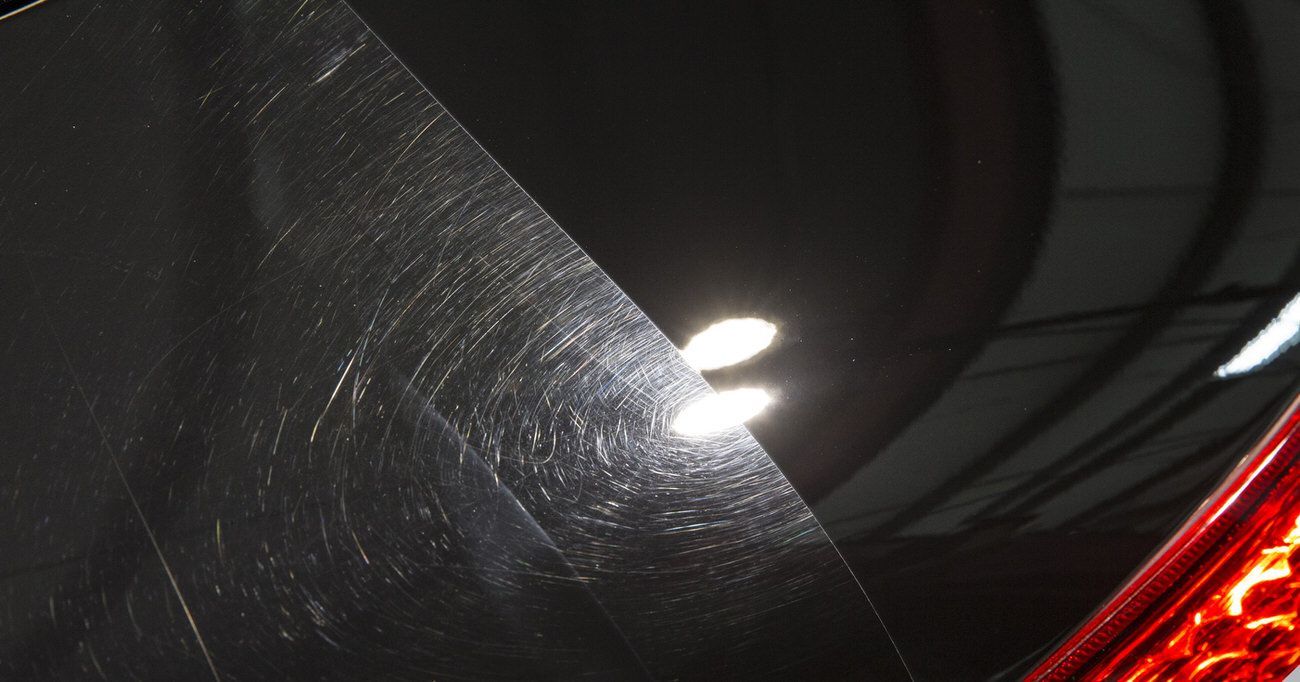
Essential Tools and Products for Paint Correction
When it comes to mastering paint correction, having the right tools and products is essential. These professional-grade supplies can help you achieve the best results and ensure a flawless finish. Here are some of the must-have items:
Polishing Machine
A high-quality dual-action or rotary polishing machine is a cornerstone tool for paint correction. It allows for controlled movement and even distribution of abrasives, effectively removing imperfections on the paint surface. With adjustable speed settings, it provides versatility to tackle different levels of correction.
Polishing Pads
Choosing the right polishing pad is crucial for achieving the desired results. Foam pads come in various levels of aggressiveness, from cutting to finishing. Coarser pads remove heavy defects, while softer ones refine the finish. It's essential to have a range of pads available to handle different paint types and correction stages.
Compounds and Polishes
Compounds and polishes are used in conjunction with polishing pads to remove imperfections and restore gloss to the paint surface. Compounds have more aggressive abrasives that initially level down defects, while polishes refine and enhance the finish. Different grades of compounds and polishes allow for step-by-step correction, depending on the severity of the imperfections.
Paint Thickness Gauge
A paint thickness gauge helps determine the thickness of the clear coat or paint layer before starting correction. By measuring this, you can avoid going too deep into
the clear coat and causing further damage. This tool is especially important when working on older or repainted vehicles where layers may vary.
Microfiber Towels
High-quality microfiber towels are essential for removing polish residue, dust, or any other contaminants during paint correction. They should be soft and free of lint to prevent scratching or marring of the freshly corrected surface.
Investing in premium tools and products might seem expensive initially, but they provide consistent results and save you time in the long run. Quality tools tend to be more durable and efficient, resulting in a superior finish.
Mastering Paint Correction Techniques
Paint correction is a multi-stage process that involves leveling the paint surface by removing defects such as swirl marks, scratches, oxidation, and other imperfections. It requires precision, patience, and a methodical approach. Here are some key techniques to help you master the art of paint correction:
Inspection and Preparation
Before beginning any correction work, thoroughly inspect the vehicle under proper lighting conditions. Identify problem areas and determine the extent of correction required. Clean the car using appropriate techniques to remove dirt and contaminants that could interfere with the correction.
Test Spot
Performing a test spot allows you to assess the effectiveness of your chosen combination of products, pads, and machine settings on a small area before proceeding with full correction. This helps establish the right approach for achieving desired results while minimizing unnecessary risk.
Correction Stages
Correction stages involve progressively refining the paint surface, from aggressive cutting to ultra-fine finishing. Start with an appropriate compound or polish on a cutting pad to remove heavy defects. Gradually transition to lighter abrasives and softer pads until achieving the desired clarity and smoothness in the paintwork.
Panel Control
Maintaining control over your polishing machine is crucial for even polishing and avoiding excessive heat build-up or accidental damage. Use consistent pressure, keep the pad flat against the surface, and work in overlapping passes to ensure uniformity across panels.
Finishing Touches:
After completing the main correction stages, perform the final finishing touches using ultra-fine polishes and finishing pads to ensure maximum gloss and clarity in the paintwork. Take extra care around edges, body lines, and difficult-to-reach areas.
Remember that practice makes perfect when it comes to paint correction. Each vehicle presents unique challenges, and with time and experience, you'll refine your techniques and achieve consistent, exceptional results.
Advantages of Engaging Professional Services
When it comes to paint correction, seeking professional services offers numerous advantages that can make a significant difference in the final outcome. When it comes to preserving and enhancing the beauty of your vehicle, there's no room for compromise. Official California Detailing stands as the pinnacle of excellence in automotive care, specializing in the art of paint correction. Here's why entrusting us with your car's appearance is the best decision you can make:
1. Unmatched Expertise in Paint Correction
Official California Detailing boasts a team of professionals, each with a wealth of experience in the intricate craft of paint correction. We understand that every vehicle's finish is unique, and our experts are trained to identify and address imperfections with precision. From swirl marks to light scratches, we possess the expertise to restore your vehicle's paintwork to its original luster. Our process can remove up to 70% to 90% of defects, depending on the condition of the vehicles.
2. Cutting-Edge Techniques and Technology
We're committed to staying at the forefront of automotive detailing technology. Official California Detailing utilizes state-of-the-art tools and industry-leading techniques to ensure that your vehicle receives nothing but the best. Our arsenal includes advanced polishing equipment and top-tier products, all carefully selected for their effectiveness and safety.
3. Tailored Solutions for Every Vehicle
At Official California Detailing, we understand that each vehicle requires a personalized approach to paint correction. Whether you drive a classic car, a high-performance sports car, or a practical daily driver, our experts meticulously assess your vehicle's needs and develop a customized plan of action. This ensures that your car receives the exact care and attention it deserves.
4. Comprehensive Restoration, Inside and Out
While paint correction is our specialty, we don't stop there. Our services go beyond the surface, encompassing every aspect of your vehicle's appearance. From interior detailing to wheel restoration, we offer a comprehensive range of services to leave your car looking as good as new, inside and out.
5. Prolonged Aesthetic Appeal and Resale Value
Investing in professional paint correction not only enhances your vehicle's immediate visual appeal but also contributes to its long-term value. By addressing imperfections and protecting against future damage, our services ensure that your vehicle maintains its aesthetic allure and resale value for years to come.
6. Time-Efficient and Hassle-Free Service
We understand that your time is valuable. Official California Detailing prides itself on providing efficient and hassle-free services, allowing you to get back on the road with a revitalized vehicle in no time. Our streamlined processes and attention to detail mean you can enjoy the results of our expertise without unnecessary delays.
In the realm of automotive detailing, Official California Detailing sets the standard for excellence. With our unparalleled expertise in paint correction, cutting-edge technology, and personalized approach, we elevate your vehicle's appearance to new heights. Experience the difference that true craftsmanship can make. Visit our website today and discover a world of automotive care like no other.
Unmatched Expertise in Paint Correction: Official California Detailing
Ultimately, engaging professional services for paint correction saves you time, effort, and potential headaches while delivering exceptional results. It allows you to enjoy a flawlessly restored and protected paint surface that enhances the overall appearance and value of your vehicle. At OCD, we offer 1st stage and 2nd stage paint protection.
We understand that each vehicle is unique. Whether you drive a classic car, a high-performance sports car, or a practical daily driver, our experts meticulously assess your vehicle's needs. Embark on a journey of automotive excellence with Official California Detailing. With our team of professionals, cutting-edge techniques, and tailored solutions, we're committed to delivering nothing but the best.
From personalized paint correction to comprehensive restoration, we ensure your car looks its absolute best, inside and out. Our services not only enhance the immediate visual appeal but also preserve long-term value.
Official California Detailing sets the standard for excellence in automotive detailing. Experience the difference that true craftsmanship can make. Experience efficiency and excellence with us; visit our website and discover automotive care like no other. Elevate your vehicle's appearance today!
